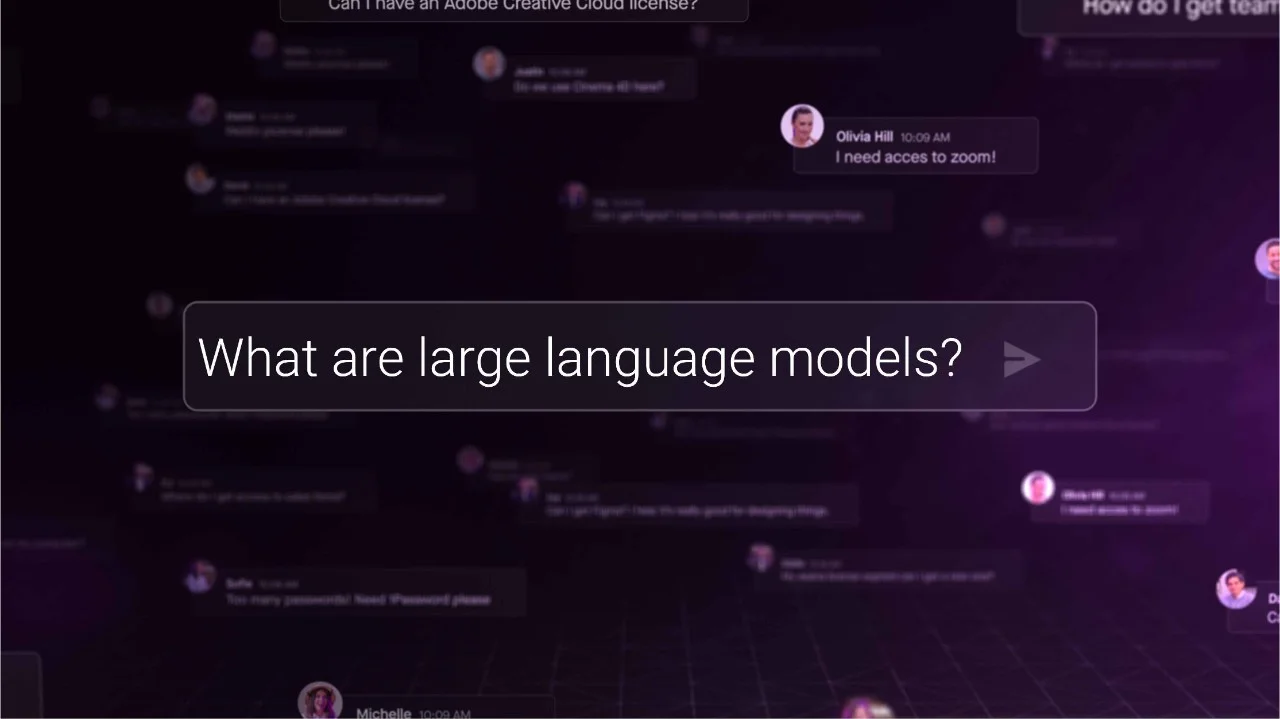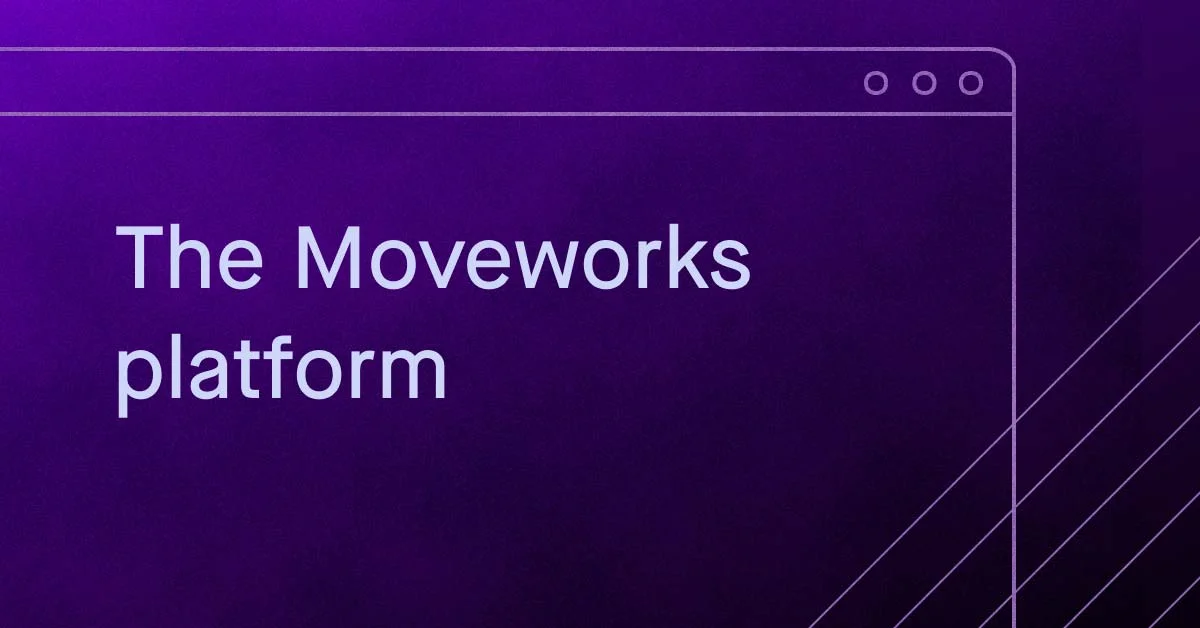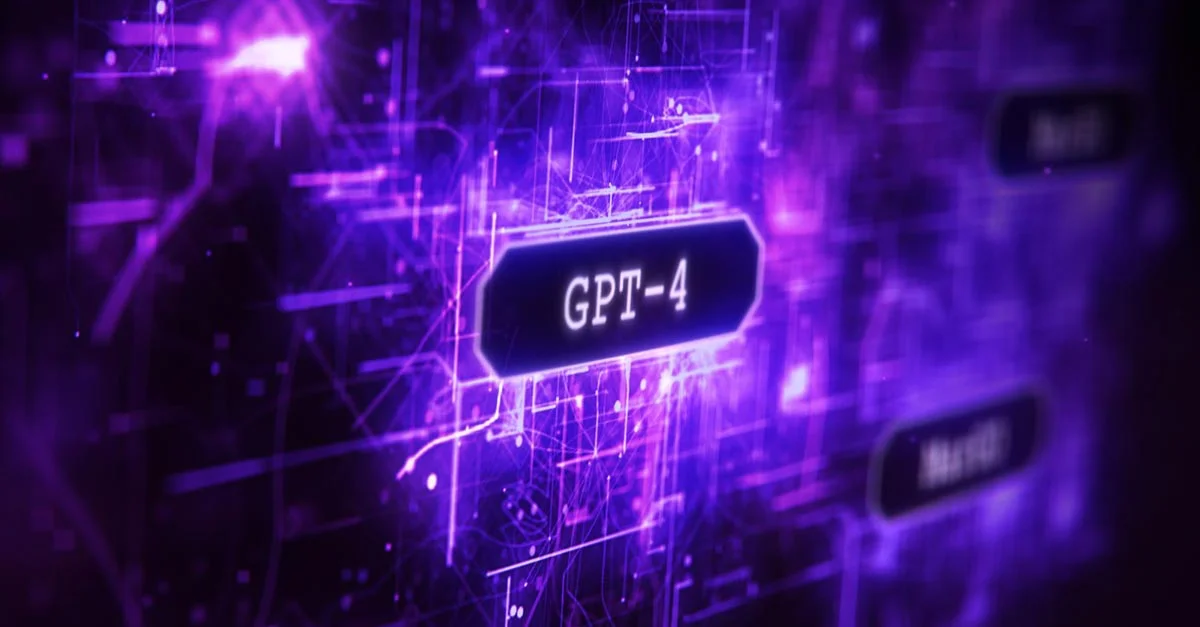- Text 1
How does a large language model work?
Large language models, also referred to as LLMs, are advanced artificial intelligence algorithms trained on massive amounts of text data for the purposes of content generation, summarization, translation, classification, sentiment analysis and so much more.
There are many famous LLMs like BERT, PaLM, GPT-2, GPT-3, GPT-3.5, and the groundbreaking GPT-4. All of these models vary in size (number of parameters that can be tuned), in the breadth of tasks (coding, chat, scientific, etc.), and in what they're trained on.
To understand how large language models work, you first need to understand transformer architecture. Transformer architecture is the backbone of the transformer models like GPT and many other prominent models.
The transformer architecture is a neural network architecture that allows for parallel processing and is used by large language models to process data and generate contextually relevant responses. It consists of a series of layers, with each layer consisting of parallel processing components called attention mechanisms and feedforward networks. The attention mechanisms weigh the importance of each word, using statistical models to learn the relationships between words and their meanings. This allows LLMs to process sequences in parallel and generate contextually relevant responses.
Why are large language models important?
Large language models represent a transformative technology that can help enterprises access conversational AI and automate mundane tasks that their workforce incurs every day. By leveraging advanced conversational AI capabilities, these models have the potential to deliver unprecedented value to organizations, from curating a superior user experience to reducing costs.
By embracing large language models, enterprises can gain a strategic advantage, remain competitive in a rapidly changing market, and deliver real business value to their customers. It's crucial, however, to have a comprehensive understanding of their complexities to effectively apply them in practical settings.
One of the easiest ways for companies to embrace large language models without incurring significant model development costs is through the integration of an AI Assistant. AI Assistant are one of the more recent trends where companies are using LLMs to develop chatbot-like interfaces that can support users across the enterprise. Some examples of this are Moveworks’ enterprise AI Assistant, Microsoft’s 365 AI Assistant, Github’s AI Assistant, and Salesforce’s Einstein. AI Assistant will continue to come out as more and more companies build out their use cases so it’s important to have an AI Assistant strategy when looking to incorporate them into your organization.
Why large language models matter for companies
Large language models are vital for companies as they enable advanced conversational AI solutions, automate mundane tasks, enhance user experiences, reduce operational costs, and provide a competitive advantage.
These models facilitate efficient customer support and personalized recommendations while improving overall productivity. By automating repetitive tasks, they allow employees to focus on more strategic activities. Moreover, large language models can adapt to changing markets and deliver tangible business value, making them a crucial asset for organizations looking to stay competitive and innovative in today's rapidly evolving business landscape.



